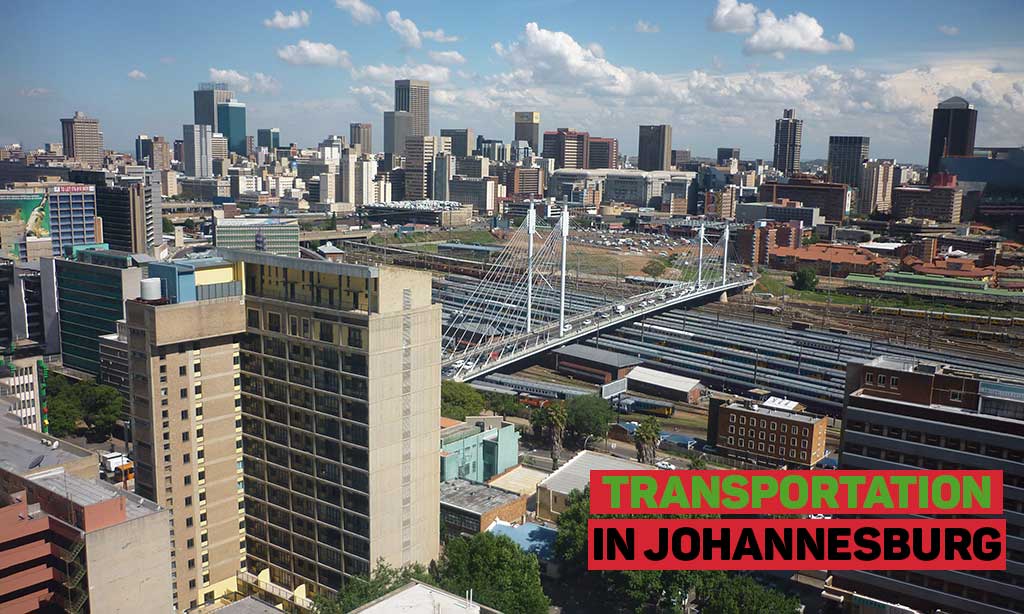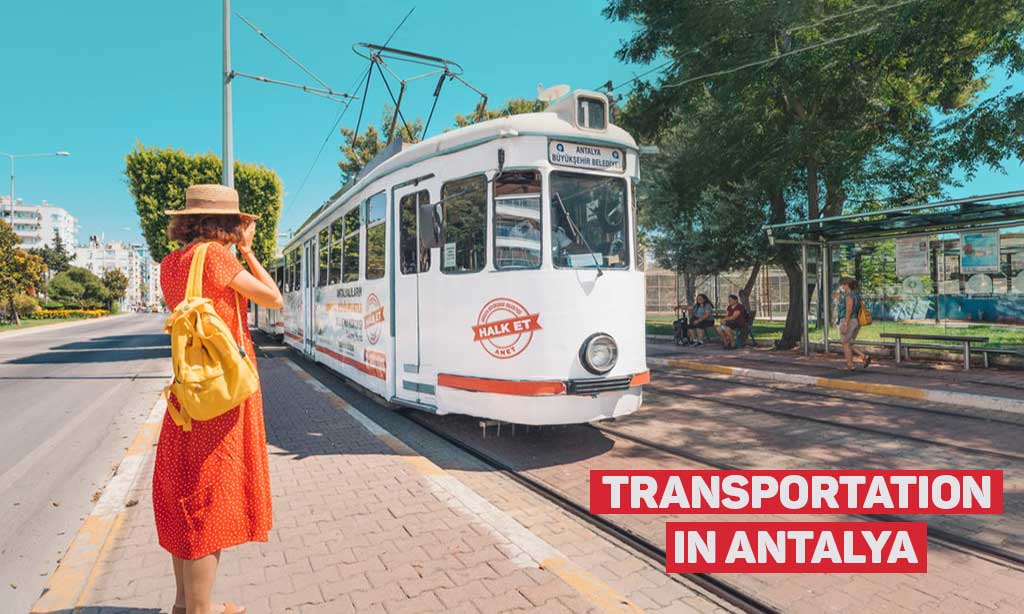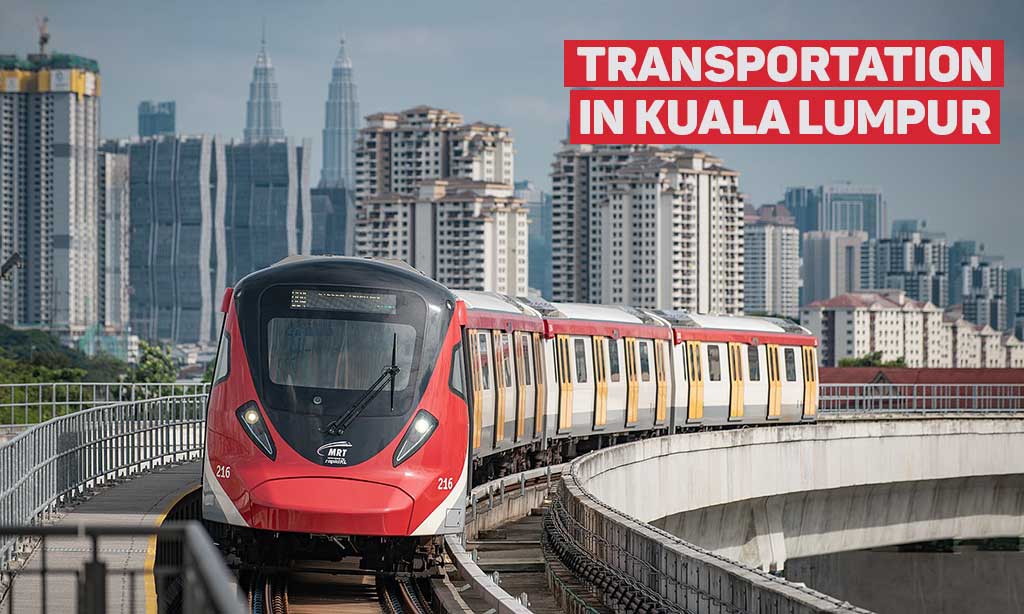Overview: Public transportation San Francisco, despite its hilly terrain and diverse neighbourhoods, is a compact city that offers a variety of transportation options. From the iconic cable cars to the efficient BART system, the city ensures that both residents and visitors can navigate its streets and beyond with ease.
Operators: The primary operators in San Francisco’s transportation system are the Bay Area Rapid Transit (BART), the San Francisco Municipal Railway (MUNI), and Caltrain.
Rapid Transit Systems:
- B.A.R.T (Bay Area Rapid Transit): BART connects the San Francisco Bay Area, including San Francisco International Airport and Oakland International Airport. In San Francisco, BART is ideal for connecting the Mission District with Union Square and downtown. BART trains operate at various times throughout the week, with stations both underground and on elevated tracks.
- MUNI: The San Francisco Municipal Railway, or MUNI, is the primary public transit system within San Francisco. It operates both metro trains and buses that connect downtown SF with its ‘Outerlands’. MUNI also manages the historic streetcars and the legendary cable cars.
- Caltrain: For those looking to travel down the peninsula to places like Stanford, Palo Alto, and San Jose, Caltrain is the preferred choice. It offers comfortable travel with double-decker cars and onboard amenities.
Commuter Rail: Caltrain serves as the primary commuter rail, connecting San Francisco with the South Bay, including destinations like Stanford, Palo Alto, and San Jose.
Buses: MUNI operates the bus services within San Francisco, connecting the downtown area with the ‘Outerlands’, including locations like Ocean Beach, San Francisco State University, and the San Francisco Zoo.
Table: Transportation Systems:
| Transportation | Operator Name | Website URL |
|---|---|---|
| Rapid Transit | B.A.R.T | BART Website |
| Metro & Bus | MUNI | MUNI Website |
| Commuter Rail | Caltrain | Caltrain Website |
Guide on Ticket Purchasing:
- BART: All BART stations have Clipper vending machines and ticket vending machines. You can “tag and go” at the fare entry, and the correct fare will be automatically deducted. If using a ticket, insert it upon entry and it will be returned on the other side.
- MUNI: When boarding MUNI and paying by cash, ensure you take the automatic receipt as proof of purchase. If using a Clipper Card, hold it up to the scanner to deduct your fare.
- Caltrain: Tickets must be purchased before boarding, either at ticket vending machines within the station or beside the rail track. Along with cash and credit/ATM cards, travellers can also use Clipper cards to pay for their tickets.
- Clipper Card: This card is valid on all forms of Bay Area public transit. It can be reloaded at machines, online, or set up with Autoload to automatically reload when the balance is low.
- MuniMobile: This is the SFMTA’s official ticketing app, allowing travellers to purchase tickets on the go.
Major Passenger Airports and Ways to City Centre:
- San Francisco International Airport (SFO): Connected to the city via BART, making it easy for travellers to reach the city centre.
- Oakland International Airport: Also connected via BART, it offers another entry point for visitors to the Bay Area.
Walking & Biking Facilities: Walking is one of the best ways to explore San Francisco. The waterfront is flat, and areas like Chinatown and North Beach are easily walkable. Cable cars offer a unique mode of transportation, going near popular destinations. For those interested in biking, there are options like Lyft’s Ford GOBikes and dockless e-bike shares like Uber’s JUMP. Rental places include Golden Gate Tours & Bike Rentals and Blazing Saddles in Fisherman’s Wharf.





